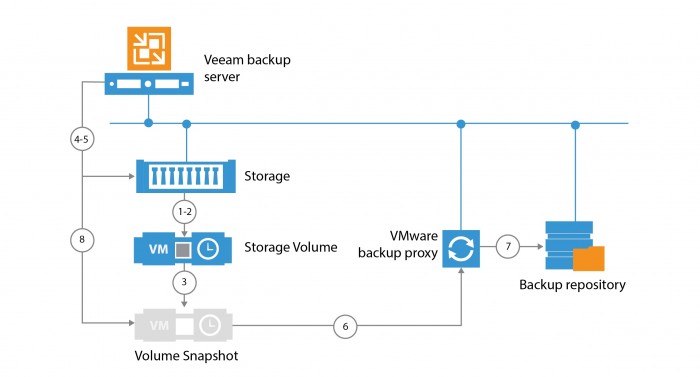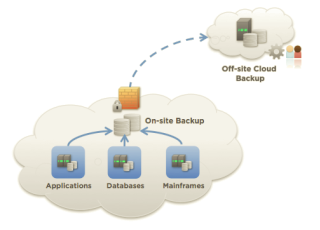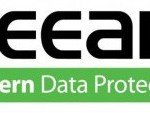Data protection products are evolving faster in those years and regarless of the technologies behind those products (depending mainly on the hystorical era on when the product born) we can found a common set of capabilities and trends.
Two main recent trends are basically the primary (and maybe also the secondary) storage native integration and also the (public) cloud integration.
First point it’s dictated buy simple business requirement: mainly the control of the backup window, but not only. For primary storage using the native storage snapsnot as a source for the backup permit to reduce the stress and the impact on the production data and storage, but also use more efficient snapshots for more time or more frequently (instead, for example, vSphere snapshot that will be used only for a very small timeframe).
Veeam is a good example of a product with this capability (for some storage vendors), but the concept of storage offload and storage integration is now widely used by several solutions.

Of course, in order to use those techniques you need to:
- Orchestrate HW snapshots as backup source
- Consistent workflow w/other HW snapshot management
- Agent-based and VM agent or agent-less plans for application consistency
A big challenge of this approach are now the Virtual Volumes from VMware where hypervisor API does not provide features to have SAN based or direct storage based offload. It’s a pity because in those case VMware snapshots are already implemented with storage snapshots so should be nice have native (from VMware or maybe from storage vendors) API to export those data directly from the storage (of course I’m talking more about block level storage, because for NFS datastores it’s easy export files).
Another trend in data protection solutions is the cloud integration: at the beginning was mostly as a secondary target just to store a copy of the data on a “remote” location.
 Most solutions already are able to use a cloud storage as a target, or actually there also several Backup-as-a-Service integration or products. All with specific solutions of bandwith optimization and data security.
Most solutions already are able to use a cloud storage as a target, or actually there also several Backup-as-a-Service integration or products. All with specific solutions of bandwith optimization and data security.
But now the focus it’s more oriented on application as services (as SaaS) directly from a public cloud provider and how to protect those kind of data.
“Cloud-enabled solutions are becoming increasingly important to optimizing data protection strategies for all organisations – regardless of size,” said Nicholas Gee, Technical Director of Arcserve, Cloud Ready Solutions. And more organizations are moving applications to a SaaS approach. Backup products must support those new services.
Some years ago the where only few solutions (see for example this post) but now more products are becoming able to protect also some of those new workload, like for example Office 365. In this way is possible having an in-house (or in a different and controlled place) data ownership of the data in order to mitigating cloud risks.


